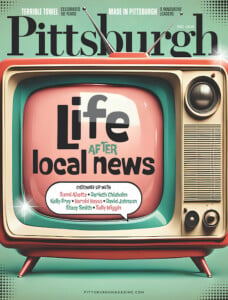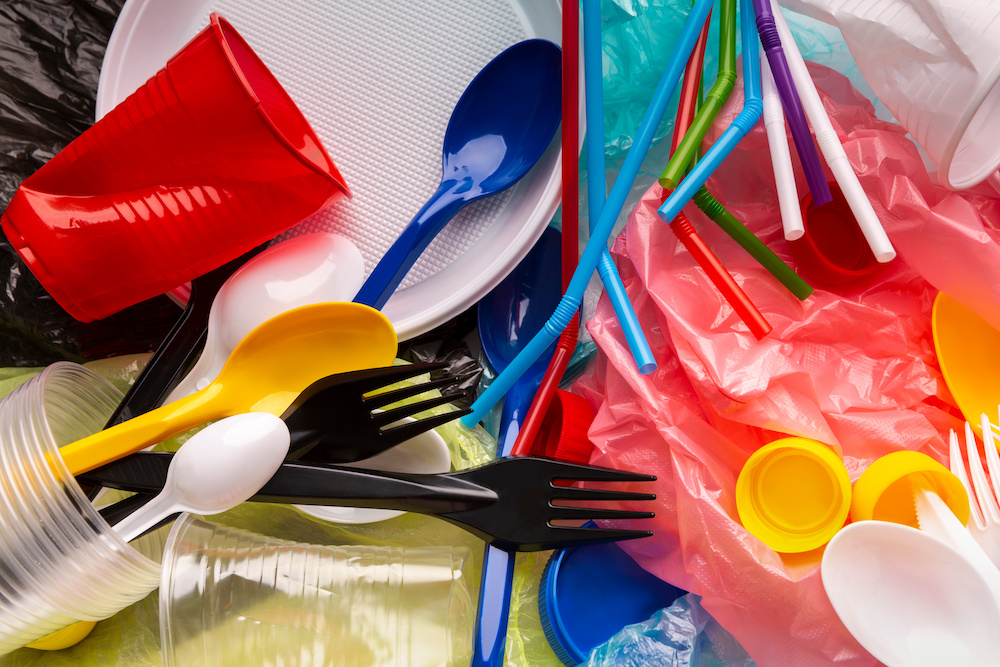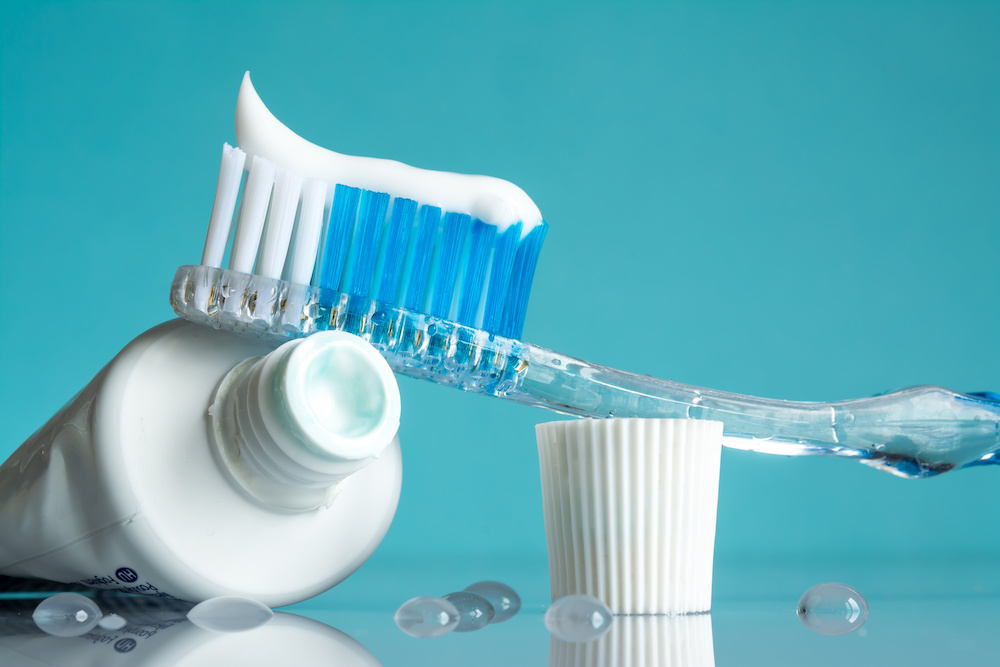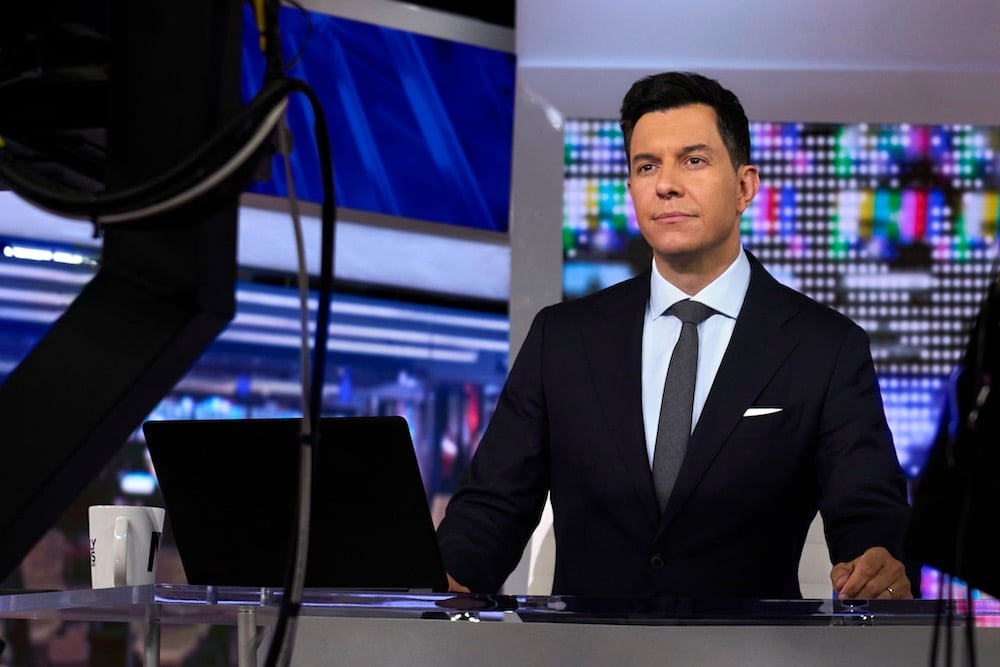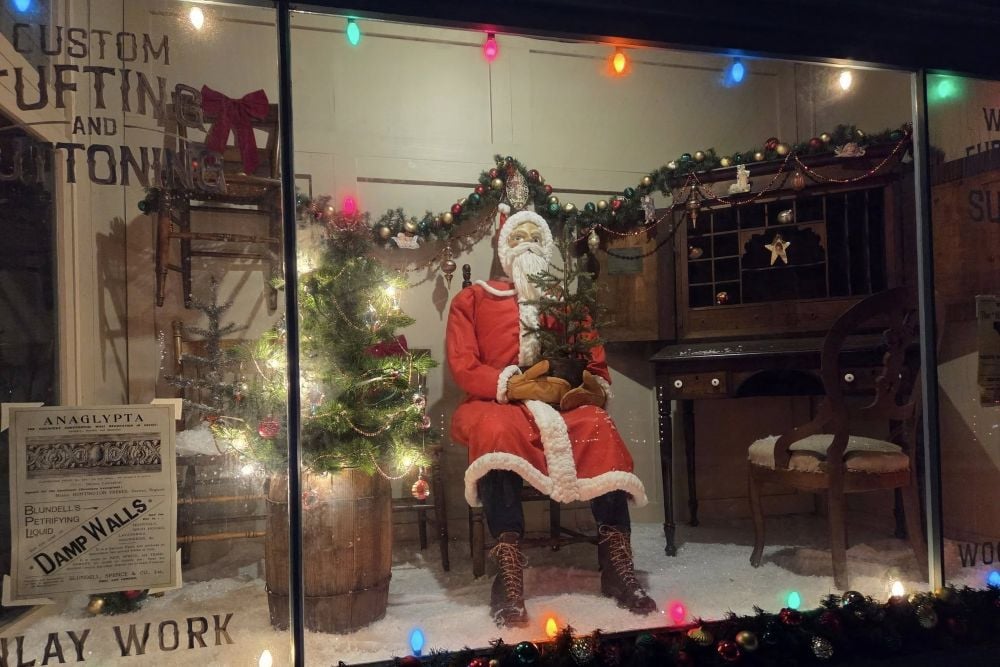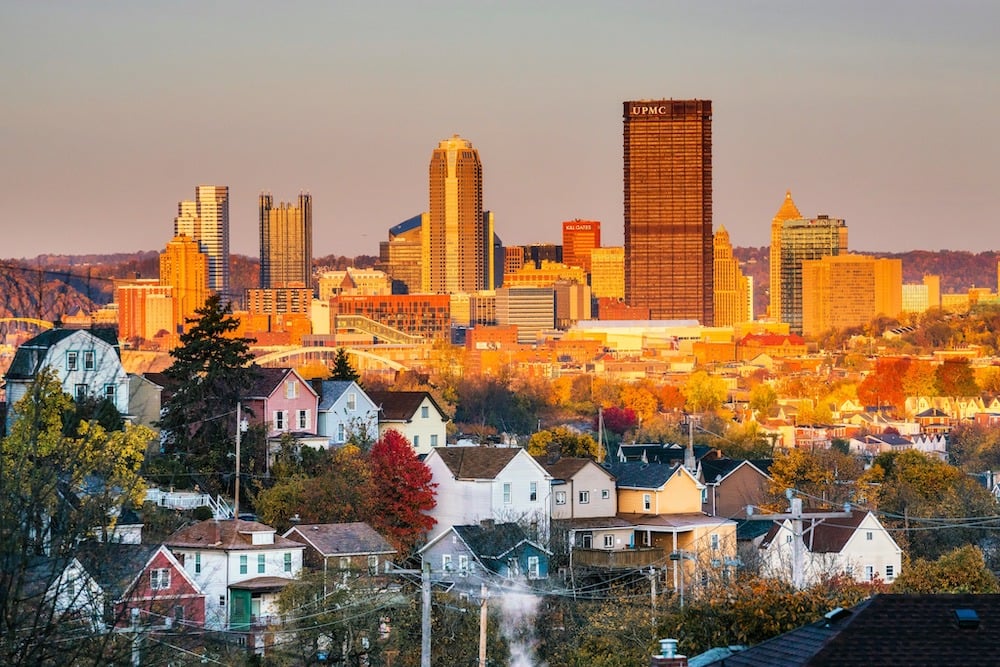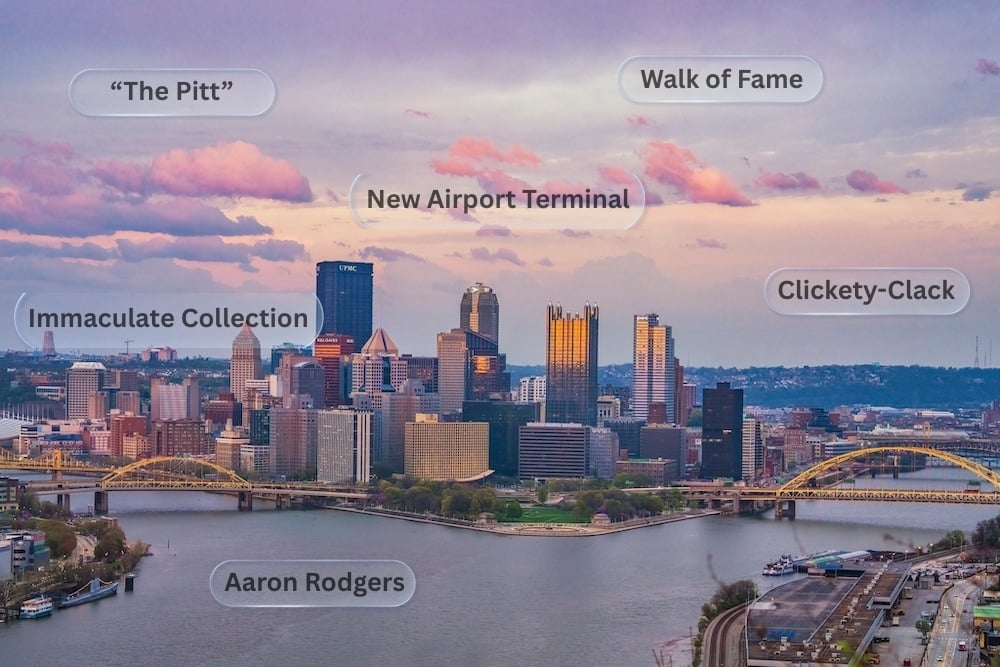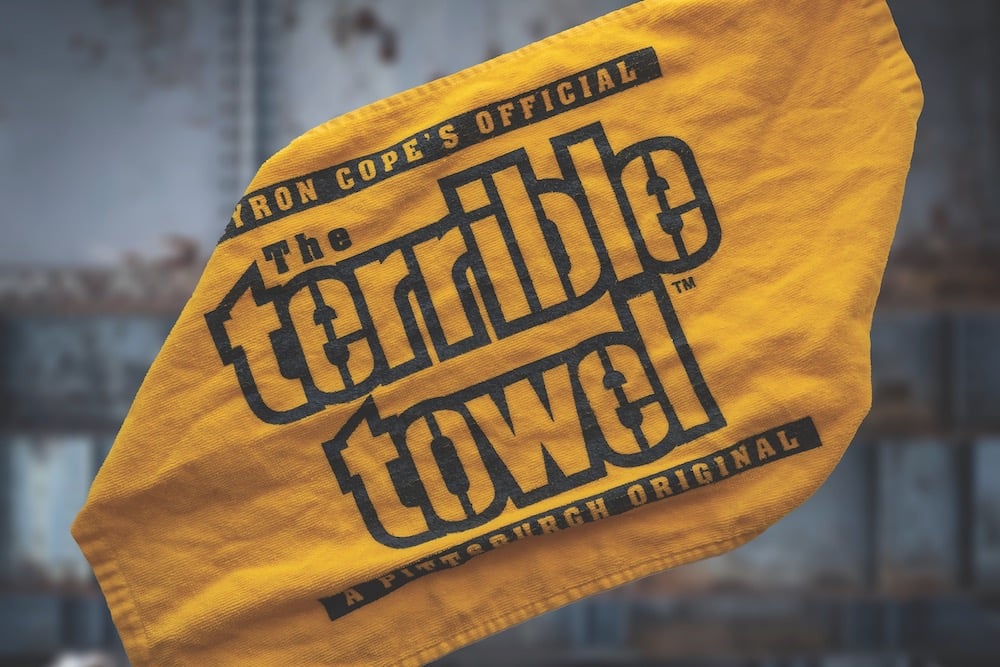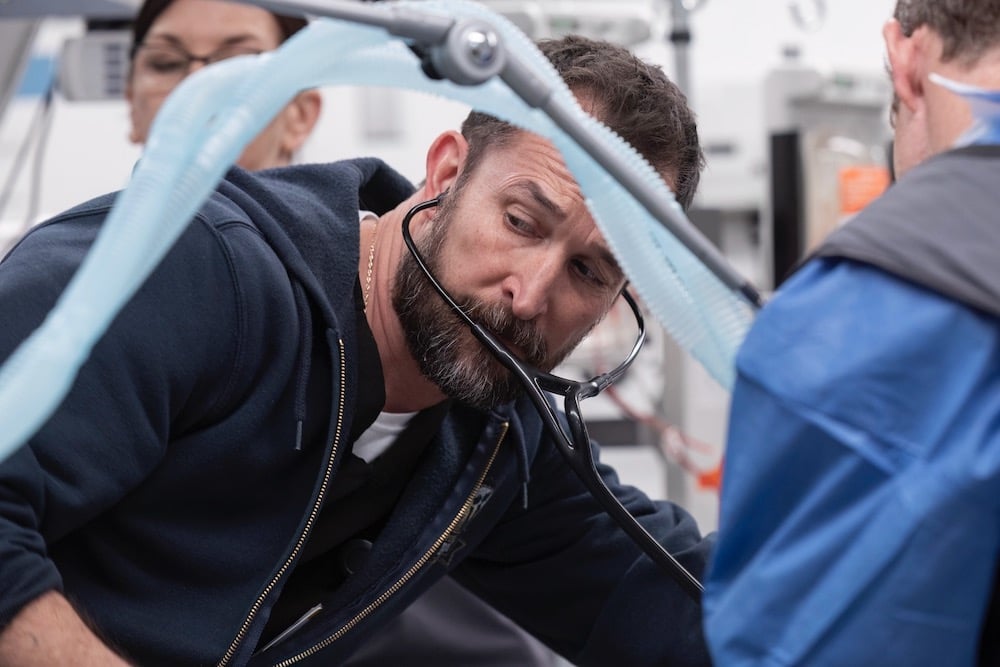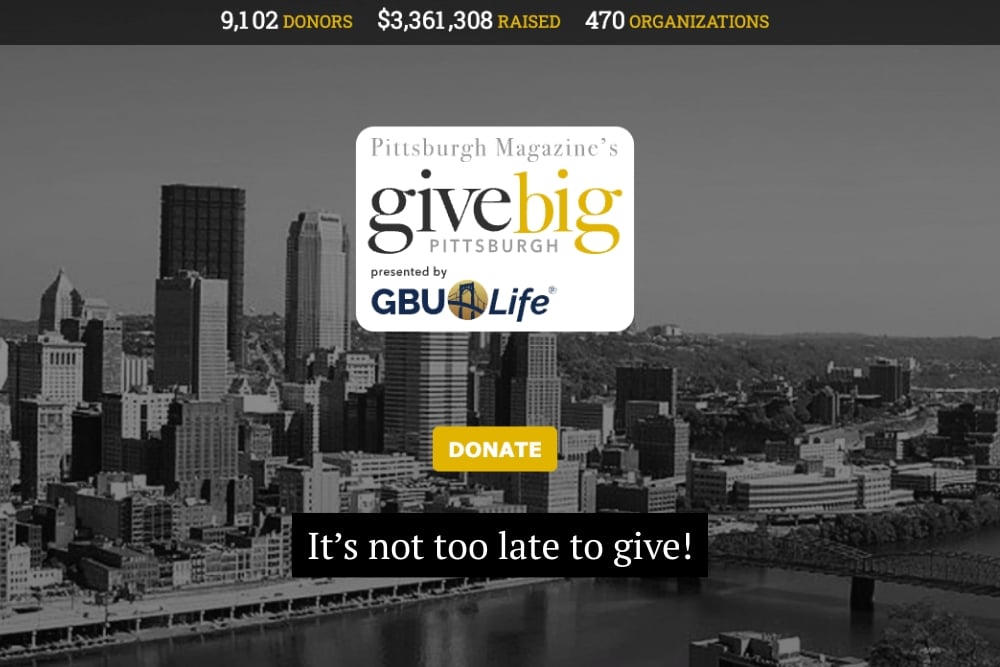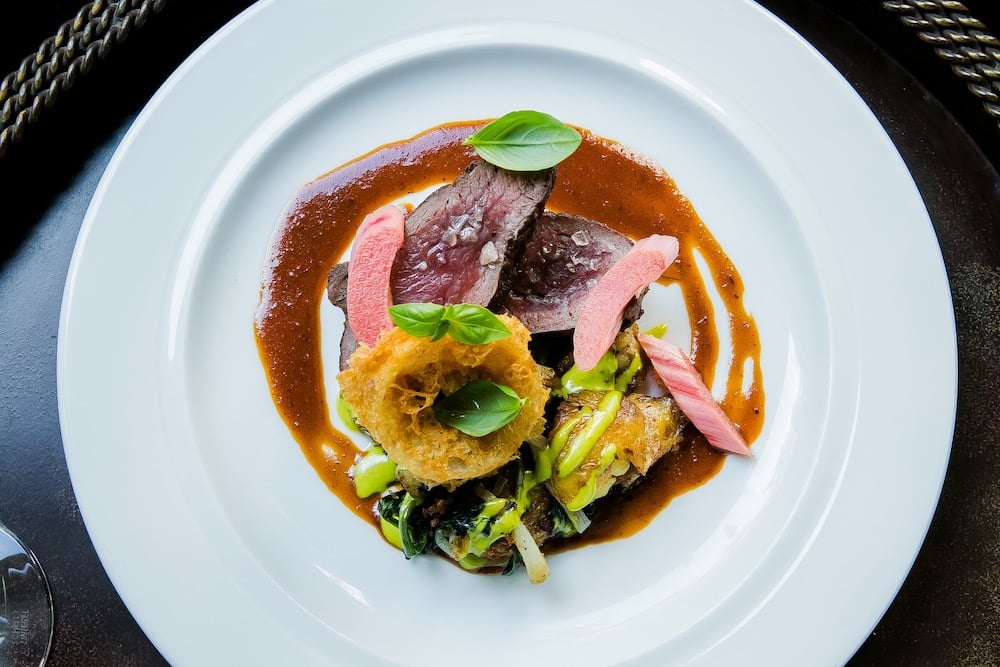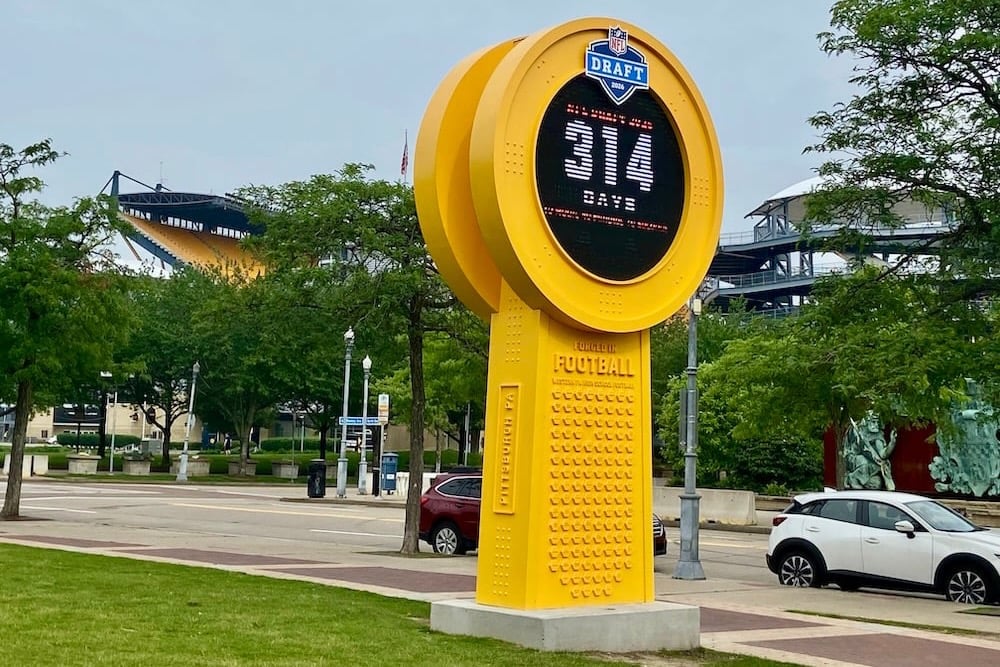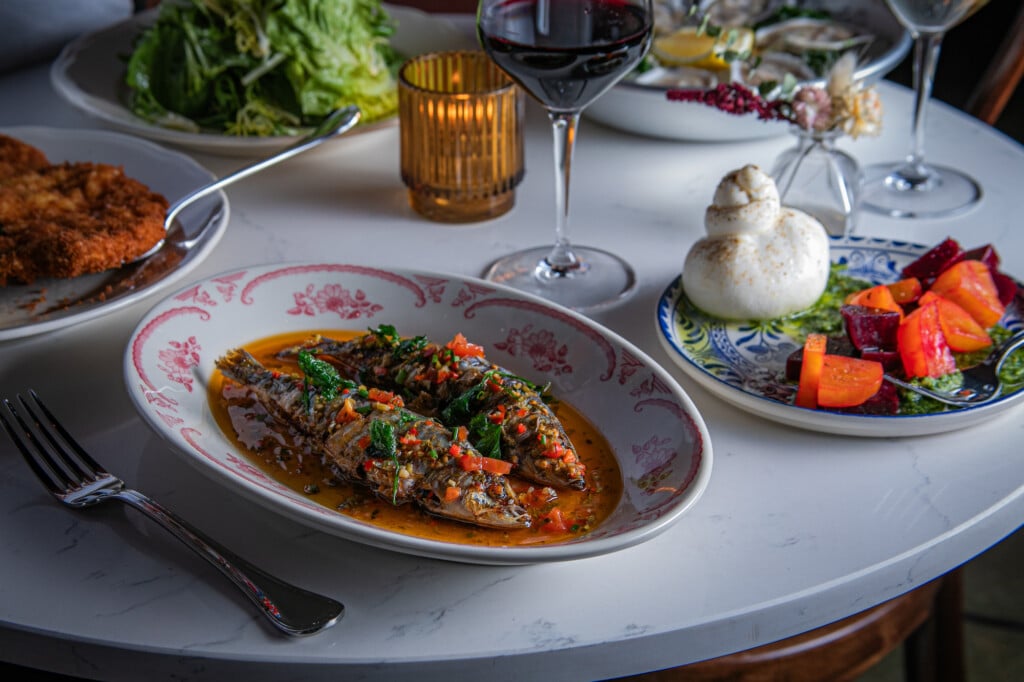I Logged My Use of Plastic For A Whole Day
Here’s what I learned, and how I can try to change my behavior going forward.
If you asked me generally, I would say I am somewhat environmentally conscious — I use my reusable water bottle and try to recycle where I can. That was, until I recently tracked my plastic usage for an entire day, trying to note the things I wouldn’t usually take into account.
I counted at least 30 plastic encounters during my day, many of which involved eating, like using a plastic fork. There are countless hidden ways that we use plastic without thinking twice. I’m ashamed to admit there was no avoiding it when going through my regular routine.
It’s disturbing enough to think about plastic use in an environmental sense, but with the rising discussion about ingesting microplastics, it turns out we may be hurting more than just the Earth.
Traces of microplastics — plastic particles smaller than 5 millimeters — have been detected all over the world, according to a 2023 scientific journal article in Sustainability, conducted by researchers from India and the Czech Republic. The study says that exposure to microplastics may be linked to multiple health conditions including respiratory and digestive problems, disrupted sleep and increased risk of diabetes and obesity.
In 2022, microplastics were found in human blood for the first time, sparking research about the potential health implications of this. Findings from the study led by Dutch researchers, in the journal Environment International found plastic particles in 17 out of 22 healthy blood donors.
Littering and disposal systems cause microplastic’s ingestion into the environment, which can assimilate into food items to be consumed by humans and animals. Many day-to-day practices contribute to this like tire dust, road markings, toothpastes and face washes.
So, where did I find myself mindlessly using plastic? And how can I change my ways?
My day started at 6 a.m. when I used a toothpaste tube, a toothbrush, my contact lenses and contact case, a hand soap bottle, a trash bag, a Brita water filter and a yoga mat.
These all contain plastic. The hygiene products and the yoga mat could be swapped with non-plastic alternatives like bamboo or cotton (even a bamboo toothbrush may have plastic bristles). Instead of a plastic trash bag, I could use a paper or compostable bag. However, contact lenses come sealed in plastic, so that’s harder to avoid.
When I showered, I used a plastic shampoo bottle, body wash bottle and a razor. Afterward, I picked out a shirt to wear on a plastic hanger. Then, I carried my Adidas backpack to class, which is made of polyester (which is a type of plastic) with plastic zippers and used pens and folders made of plastic to take notes. It also carried my laptop, which has plastic keys and other plastic parts.
A non-plastic alternative for shampoo and body wash I could use instead is shampoo and soap bars. I could use metal clothes hangers and a backpack made of recycled materials. For school supplies, I could opt for paper folders and pencils instead of pens, but the laptop is essential.
If I had used my car that day, it’s filled with plastic parts, especially in the car’s interior.
The plastic use continued at lunch when I got an iced coffee from Dunkin in a clear, plastic cup (even paper coffee cups are lined inside with a plastic sheath to keep the liquid hot) and made chicken wrapped in a plastic sealing. At dinner, I used a plastic fork and a water cup at a restaurant.
I could easily avoid plastic coffee cups by making coffee at home with a reusable cup (but if I use a regular coffee maker like a Mr. Coffee, that’s mostly made of plastic). Shopping at a butcher instead of a grocery store for meat would make it more likely to not be wrapped in plastic. At food establishments, I could ask if reusable silverware is available or bring my own.
I then went to a club meeting where there were plastic balloons, table cloths, streamers and trash bags.
This was out of my control, which makes it harder to avoid, but they could make more sustainable choices by using reusable table cloths and decorations made from paper.
I ended the night by making tea with a tea bag and throwing it into a plastic trash bag.
Not all tea bags are made from plastic, so I could just be more mindful when choosing a brand to buy.
All of these alternatives are overwhelming, especially as a college student trying to save money wherever I can. But, I imagine making simple swaps for single-use plastic — like opting for reusable food containers and shopping bags — is a good way to start.
While I logged 30 plastic uses, there were probably more that I didn’t even consider. This experiment made me realize that I am using plastic carelessly when I could be making conscious efforts to reduce my waste that aren’t very difficult.
I encourage those who are inspired to make a difference in their plastic use to do the same experiment. Awareness is the first step.
Nataley Davis, a fall intern for Pittsburgh Magazine, is a junior at Duquesne University.
